CPFD Software is delighted to announce a preliminary list of speakers for the upcoming 2024 Barracuda Virtual Reactor Users’ Conference, scheduled to take place from June 19-21 at the W Chicago – Lakeshore hotel.
The biennial Users’ Conference serves as a gathering for leaders within the Barracuda Virtual Reactor global user community, facilitating exploration of cutting-edge trends discussion between diverse industries from across the world.
CPFD Software is honored to announce a preliminary list of speakers from a diverse array of organizations: Chevron, Cemex, Shell Global Solutions, Technip Energies, Oak Ridge National Laboratory, Anellotech, Ally Power, Aerotak, ENEA, KAUST, Rescale, PSRI, and Tecplot. Presentations will span a wide range of topics such as refining, cement, hydrogen, carbon capture, biofuels, plastic recycling, fluidization fundamentals, process scale-up, cloud computing, and more. Read more about each speaker and their upcoming talk below.
For more information about the conference, please visit our conference page.
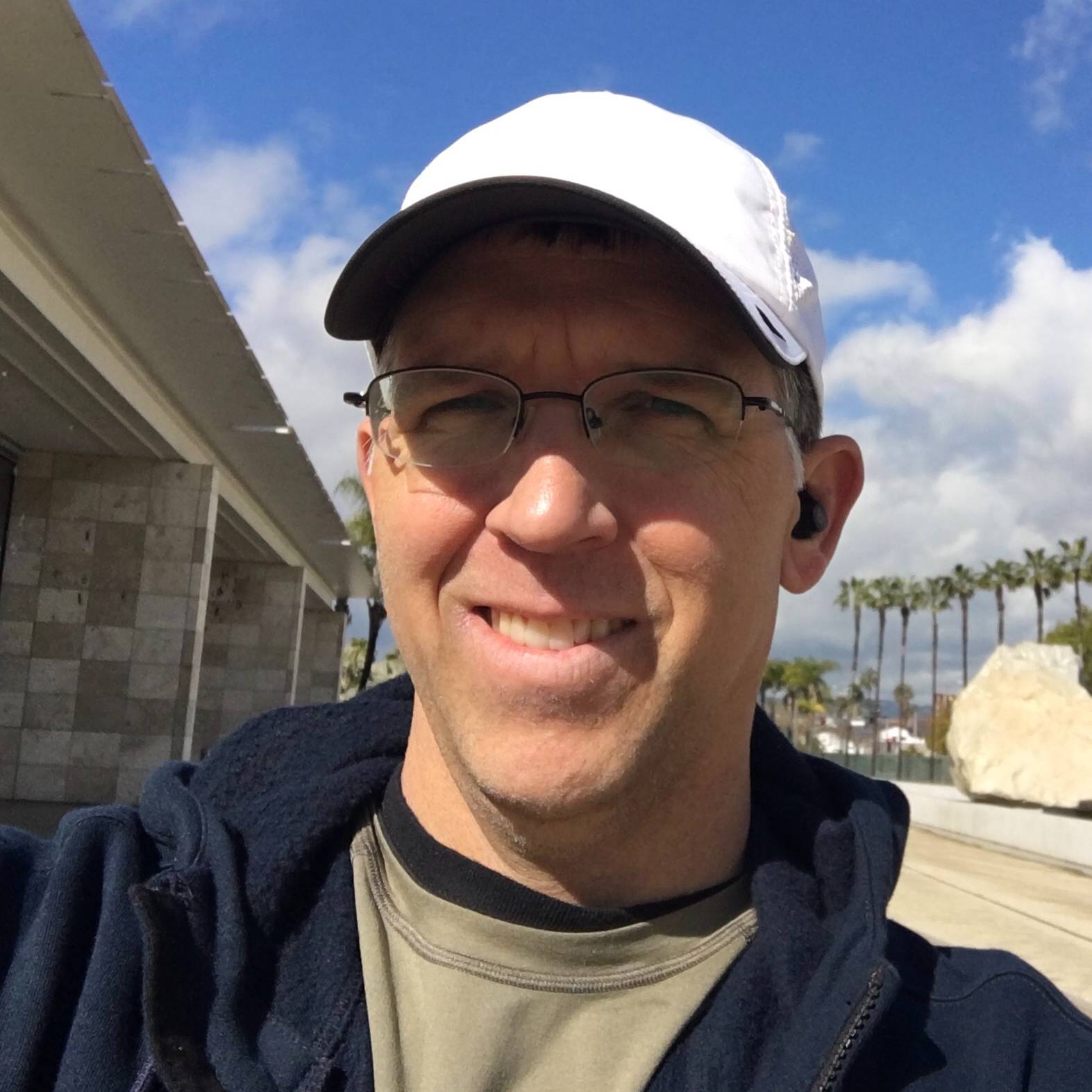
Rob Montgomery is a senior FCC process engineer who supports the fluid catalytic cracking units in the Chevron refining system. He has over 25 years of experience in refining operations, troubleshooting, optimization, and technology development. He holds a BS degree in chemical engineering from Mississippi State University. Rob is a frequent presenter and author on topics related to FCC process safety, performance and reliability.
Rob will be presenting alongside CPFD Software’s VP of Operations, Peter Blaser, on the topic “Chevron Pascagoula FCC Regenerator Optimization via Modeling”. As part of Chevron’s Pascagoula 2022 Turnaround (TA) planning, CPFD Software was contracted to model several parameters of interest for the refinery. While the regen performance had been reliable and satisfactory since the 2006 revamp, the refinery decided to conduct a study to evaluate sensitivity and propose changes aimed at improving catalyst retention and combustion kinetics. In the spirit of “don’t fix it if it’s not broken,” the rigorous modeling provided by CPFD was used to reduce potential TA risk while delivering the desired results: reduced regen catalyst losses and improved afterburn.
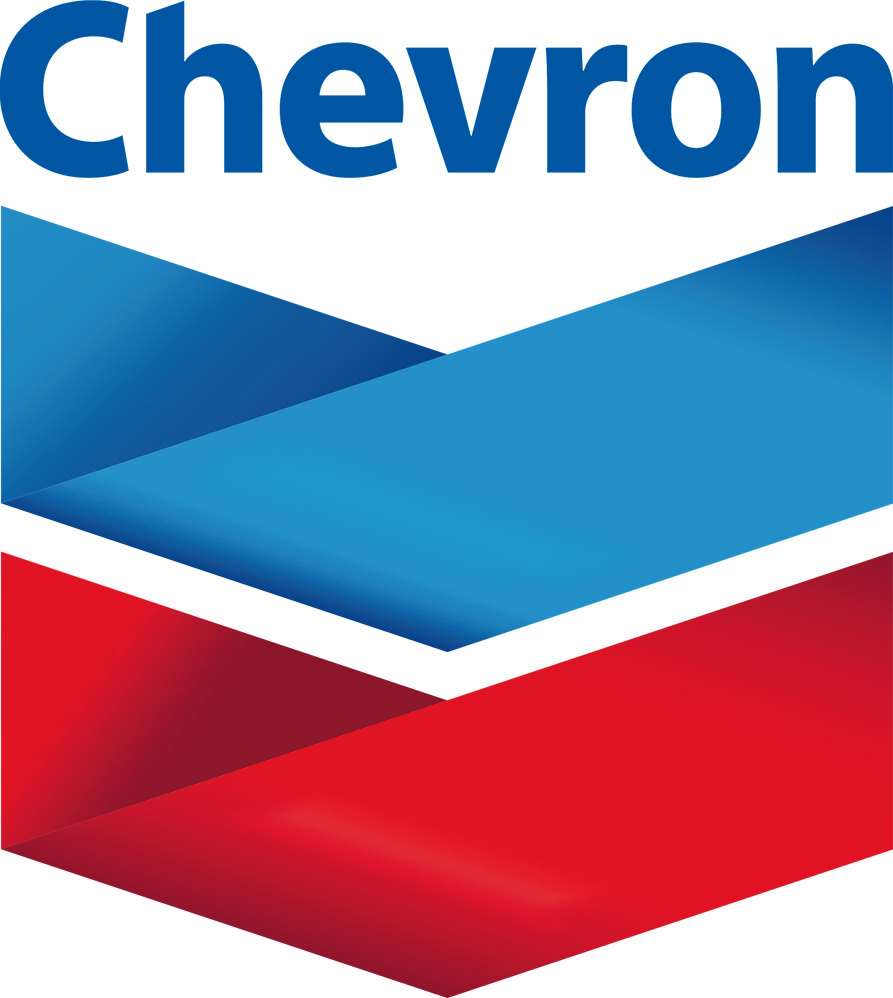

John Zhizhong Ding is a Research and Development Engineer of the fluidization tech support and design group at Shell Catalysts & Technologies. He is a fluid dynamics specialist with extensive background in multiphase computational methods. He conducts CFD simulations and hydraulic modeling to model industrial units or equipment for process development and troubleshooting. He has BS and Ph.D. degree in chemical engineering with a focus on multiphase computational fluid dynamics along with 5 years of experience in equipment design, technology development and asset support.
Fluidized Catalytic Cracking (FCC) is a crucial process in crude oil refining, as it converts large oil molecules into smaller, more economically viable molecules that meet the daily transportation needs of consumers. However, to ensure the production requirements of the refinery are met and value is generated, it is essential to fully utilize the FCC capacity and maintain its reliability. In the past years, refineries have seen historical high margins while the utilization rate is plagued by reliability issues. To address these issues, Shell’s fluidization group has been leveraging Computational Fluid Dynamics (CFD) technology in troubleshooting asset reliability issues and testing countermeasures to improve reliability. Additionally, CFD has also been used to develop innovative solutions that have significantly enhance the efficiency of the FCC unit. In addition to its application in the traditional FCC process, CFD has also been deployed in other areas, such as CO2 adsorption technologies by exploring optimization options and proving concepts. This paper showcase a collection of case studies that highlight the diverse applications of CFD in the oil and gas industry. It showcases how CFD has been utilized to improve site reliability, develop new technologies, and identify optimization opportunities to overcome unit limitations. Furthermore, it demonstrates the expansion of CFD’s application beyond traditional areas, illustrating its versatility and effectiveness in addressing various site operation challenges and driving design innovation across different sectors of the oil and gas industry.
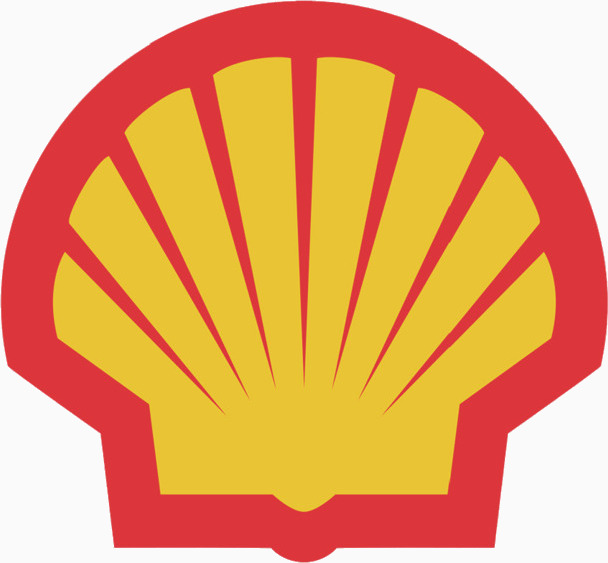

Federico Monterosso graduated in Aerospace Engineering from the University of Rome many, many years ago. He spent some time as research fellow at the Imperial College of London (UK) and eventually joined the engineering simulation industry. He dedicated all of his career to Computational Fluid Dynamics, initially in a technical role and subsequently as a sales professional. In 2007, he cofounded OMIQ Srl in Milan, which is now the main reseller of Barracuda Virtual Reactor in Italy.
The aim of this work performed at ENEA, the Italian National Agency for New Technologies, Energy and Sustainable Economic Development, is the 3D simulation of the sorption enhanced steam methane reforming process in a dual fluidized bed reactor, by means of the Computational Particle Fluid Dynamics method of the Barracuda Virtual Reactor software. The simulation results in terms of solid flow, pressure balance and particles segregation are reported. A post-processing routine has been written to characterize bubbles in the two fluidized beds. The effects of bed inventory, superficial velocity and steam to methane ratio on hydrogen purity and methane conversion are discussed in the paper.


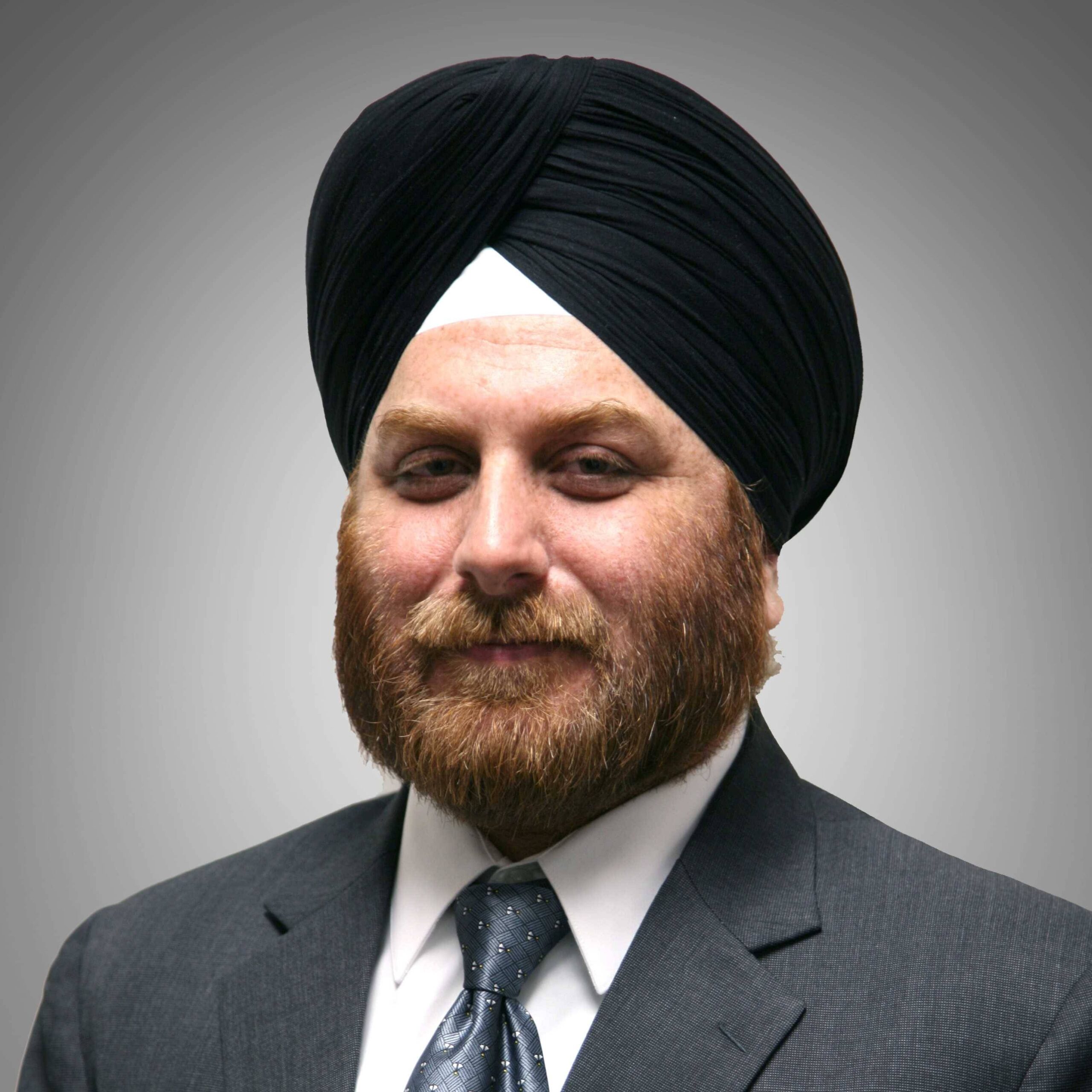
Raj Singh oversees the High Olefins FCC Program at Technip Energies, which includes technology, project development and licensing activities. He has over 15 years of experience in FCC equipment design, technology development and troubleshooting. He has contributed to a wide range of projects including revamps, grassroots designs, process studies and proposals, CFD studies and FCC Start-ups. Raj holds a MS in chemical engineering, with specialization in the field of multiphase flow and fluidization from the Illinois Institute of Technology, Chicago.
Computational modeling is revolutionizing FCC operations, empowering refiners with insights for low-risk, high-value improvements. Technip Energies leverages CFD tools for FCC design optimization and operational troubleshooting. Join us as we explore case studies showcasing CFD’s efficacy in FCC hardware development. Learn about enhanced regenerator distributors, optimized feed injectors, and validated riser termination devices for commercial use. We’ll also tackle the challenges of modeling complex structures like catalyst cooler tube bundles.

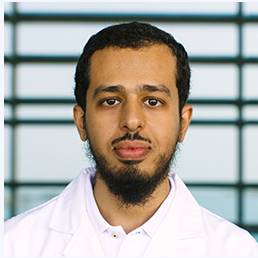
Isa Al Aslani is an Aramco-sponsored PhD candidate at the King Abdullah University of Science and Technology (KAUST), where he works on developing kinetic models for crude oil cracking. Before that, he was working on the crude oil to chemicals project at Aramco Research Center at KAUST with a one-year internship as a process engineer in the Fluid Catalytic Cracking (FCC) unit at Saudi Aramco Total Refining and Petrochemicals complex (SATORP).
His team’s work investigated a method to improve the hydrodynamic and heat transfer in a multizone fluidized bed reactor for directly transforming crude oil into chemicals. They fabricated a novel catalyst by spray-drying and incorporating silicon carbide into the formulation, which has good microstructure, fluidization, and thermal conductivity properties. They evaluated this catalyst with a commercial benchmark for catalyst circulation and heat transfer by non-reactive CPFD simulations. Optimal operating conditions and catalyst loading values were suggested for the desired intermediate product of direct catalytic cracking in crude oil-to—chemicals.

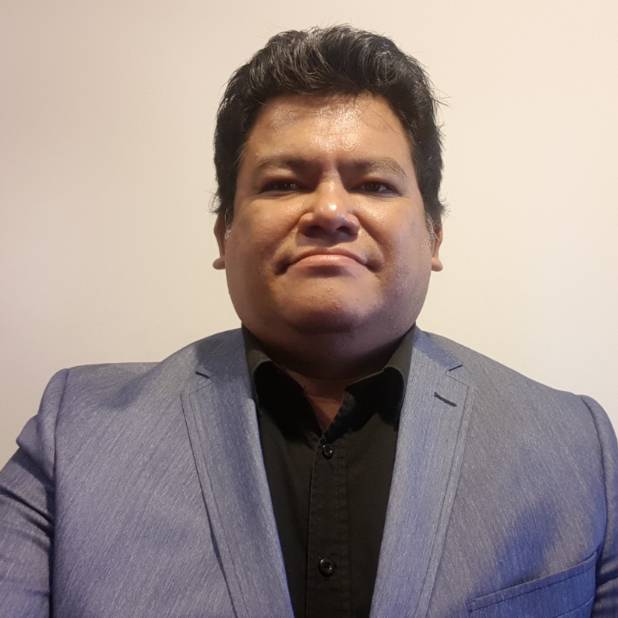
Jorge Pablo Garcia holds has been working in the Cement industry since 2005, where he as been responsible for the evaluation, design, and definition of the Pyroprocess & Energy technology required for cement operational plants worldwide and responsible for the CFD area at CEMEX.
In his talk, Jorge Pablo will discuss how CEMEX, as part of the strategy of digitalization, has considered new tools such as Barracuda Virtual Reactor based on digital design twins to deploy novel technologies in the market, bringing the cement sector into the next digitalization level. This capability allows them to assess and deploy technologies in a digital frame connected to the operation in real time. His talk will focus on how digital technology enables them to learn state of the art digital parametrization of processes/technologies before building them in real life. The digital design twin development has the objective to reduce CEMEX’s CO2 footprint through the improvement of combustion performance and maximizing the alternative fuels usage. The digital design twin will be installed in Mexico and will be connected to Poland facility to display their performance.


Madhu Vellakal is a Solutions Engineering Manager at Rescale. Madhu has experience in computational science, high performance computing, analytics and machine learning
Madhu’s study investigates the advantages of employing Barracuda Virtual Reactor on Rescale, offering instant access to cutting-edge high-performance computing (HPC) resources. This presentation elucidates the remarkable performance enhancements achieved through Virtual Reactor’s utilization of multi-GPU processing on Rescale, showcasing an extraordinary 500x acceleration compared to CPU performance. Attendees of this conference will gain invaluable insights into leveraging advanced CFD simulations and HPC technologies for optimizing foundation designs, thereby advancing the efficiency and reliability of design performance.

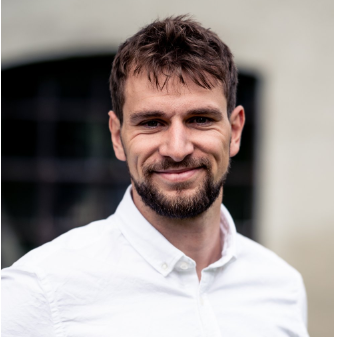
Dr. Frederik Zafiryadis holds a Master’s Degree in Mechanical Engineering and a PhD in Chemical Engineering from Technical University of Denmark, specializing in industrial fluid mechanics and computational fluid dynamics simulations of dilute particle-laden flow systems as well as fluidized beds. Since the completion of his PhD in 2022 on the topic of simulation of hydrodynamics of circulating fluidized beds using Barracuda Virtual Reactor, he has been working as partner in the Danish engineering consultancy, Aerotak.
His presentation will discuss employing computational fluid dynamics to simulate sand and gravel filling within a seabed socket, aiming to assess filling quality in terms of particle distribution uniformity, settled particle surface contour, and particle loss to surrounding water. Furthermore, the presentation will showcase the integration of Barracuda Virtual Reactor with Rescale, expanding the simulation capacity, enhancing business propositions, and delivering more valuable insights.


Dr. S. B. Reddy Karri has 35 years experience at PSRI and is a world-renowned expert in particle technology and fluid-particle systems such as fluidized beds, circulating fluidized beds, cyclones, diplegs, standpipes, risers, nonmechanical valves, pneumatic conveying, solids feeding and discharge systems.
Reddy has written hundreds of internal reports in the area of fluid-particle systems and developed most of the tools available to the PSRI membership. He has been teaching PSRI’s technical seminars to over 8000 industrial engineers from all over the world for the last 33 years. He has over 70 external publications and was awarded the prestigious AIChE – American Institute of Chemical Engineers Particle Technology Forum (Dow) Fluidization Processing Award.


Dr. Omar Basha is a Chemical Engineer with expertise spanning academia and industry. He is the Director of Conceptual Design at Anellotech, currently working on the development of the Plas-TCat process, which is a one-step thermal-catalytic recycling technology that converts mixed plastic waste into BTX and olefins.
In his talk, Dr. Basha will discuss a practical approach to utilizing Barracuda Virtual Reactor for analyzing the performance of inclined standpipes in a circulating fluidized bed pilot plant for the catalytic pyrolysis of mixed plastics. Case studies of different flow scenarios will be discussed, with experimental validation, to demonstrate how CPFD Software simulations can identify flow behaviors, investigate effects of operating conditions, and optimize standpipe performance.


Dr. Bruce Adkins has broad experience in the fuels and chemicals industry spanning four decades. He has worked for two refining catalyst companies in roles ranging from R&D to Commercial Technical Service. He has also worked in coal conversion and biofuels companies on catalyst development, process research and reactor design. He has extensive experience in testing, modeling and scaleup. Dr. Adkins has been part of ORNL and the Consortium for Computational Physics and Chemistry since November 2018.
Catalytic Fast Pyrolysis (CFP) is a promising technology for producing fungible transportation fuels from biomass in BFCC units. The biogenic coke that deposits on the catalyst is chemically different from petroleum derived coke, and unit designers must take the differences into account. The Consortium for Computational Science and Chemistry (CCPC) has been investigating the combustion of biogenic coke on ZSM-5 based catalysts and has developed kinetics to model industrial scale regenerators. This presentation covers kinetics model development using COMSOL and lab scale experiments, and reactor scale modeling in Barracuda.


Ahmed is a board member and COO at Ally Power, where he oversees commercialization and operations of Ally Power’s novel green hydrogen production technology. Ahmed plays a vital role at Ally Power, orchestrating and managing technical teams for the development of the Hydrogen and Electric Refueling Station (HERS) MVP, pilot and commercial PoC. Over the past 10 years, Ahmed has engaged in business development, operations, and manufacturing in a wide range of industries such as healthcare & life sciences, advanced technologies, energy, and industrial manufacturing.
Ally Power is revolutionizing green hydrogen production, becoming one of the only green hydrogen production processes that is a net producer of electricity. Ally Power’s Hydrogen and Electric Refueling Station (HERS) utilizes a chemical reaction process between a solid and liquid material feed to generate green hydrogen, heat (electricity) and a byproduct that’s used in several different industries such as cement and wastewater treatment. This presentation showcases how Barracuda Virtual Reactor plays an instrumental role in simulating the liquid, gas and solid phases of Ally Power’s chemical reaction process which has decreased technology commercialization by 50% and a cost savings of $200,000.


